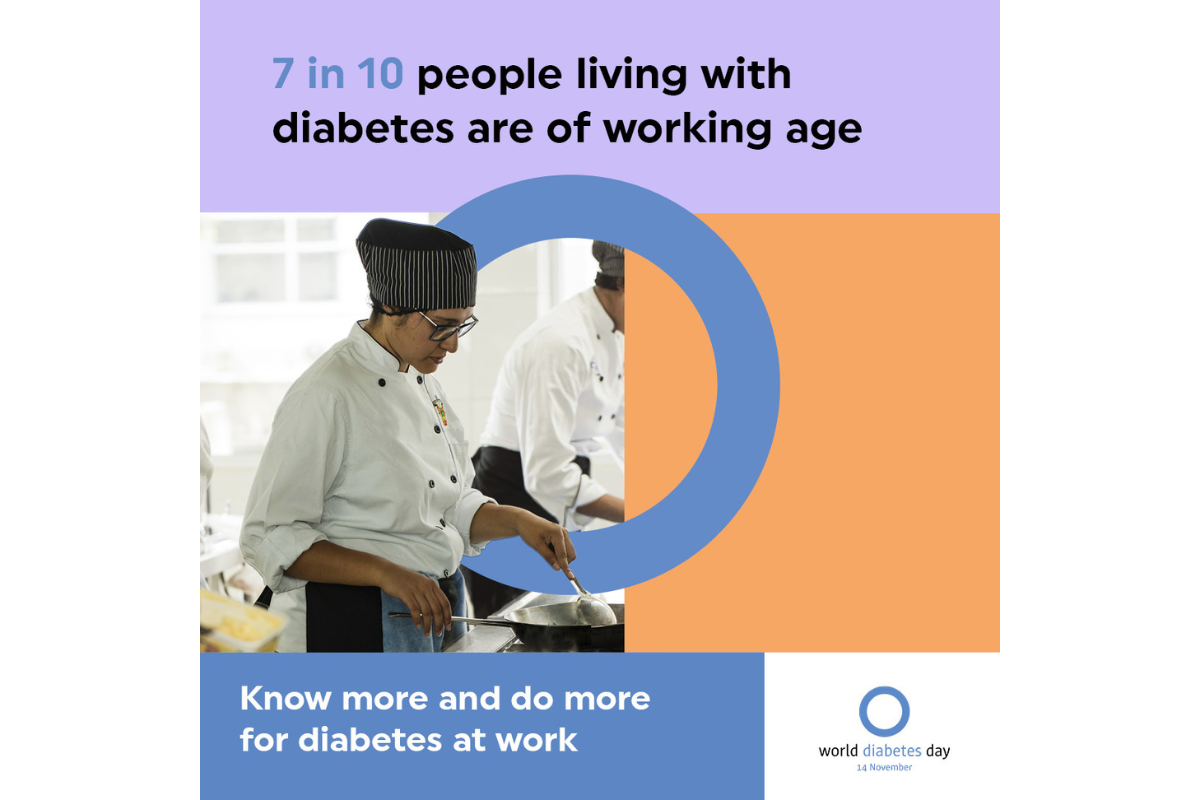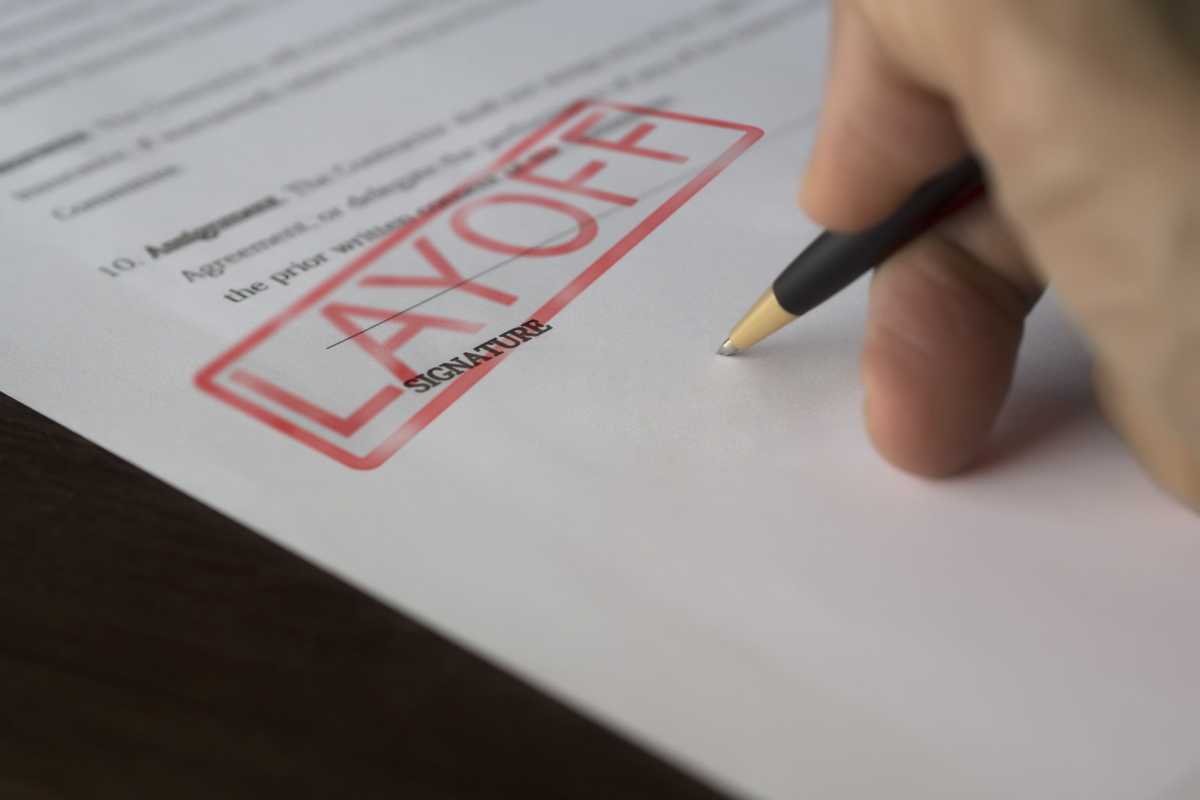The emergence of on-demand urgent care services has been a game changer in the healthcare industry. With the advent of new technology and changing consumer preferences, patients can now access urgent care services on their terms and at their convenience.
On-demand urgent care provides patients with a quick and efficient way to receive medical attention for non-life-threatening illnesses or injuries, without the need for an appointment or a lengthy wait in a crowded emergency room (ER). This trend has been fueled by the growing demand for accessible and affordable healthcare, as well as advancements in telemedicine and mobile app technology.
One player in this space is DocGo, a mobile health company that has had over 7 million patient encounters since its formation in 2015. Xtalks spoke with Aaron Severs, DocGo’s chief product officer, to learn how DocGo provides on-demand urgent care, at scale, while offering cost efficiencies over traditional ER visits.
What is DocGo?
DocGo is an AI-powered technology company that allows patients to request in-home urgent care services, similar to how one would order food delivery. Instead of going to an urgent care clinic or ER, DocGo provides patients with the benefit of having care come to them. DocGo’s services range from diagnosing common health concerns like urinary tract infections, conjunctivitis and gastrointestinal symptoms, to administering vital medical tests such as electrocardiograms (EKGs) and COVID-19 diagnostics.
DocGo’s mobile health services are covered by almost all major health plans in the states of New York and New Jersey, and they have a footprint in over 20 states across the US.
And while DocGo does take advantage of telehealth tools (more on that later in this article), they are very much focused on providing users with the experience of being seen by a healthcare provider in person. Because DocGo provides services to infants all the way to the elderly, patients of all ages are able to realize the benefits of on-demand urgent care.
“I have young kids,” says Severs, “and it’s a real game changer for them, particularly when my son Will, who’s two years old, is sent home from daycare with a new cough or fever. Instead of me having to stay home from work the next day and take him to the pediatrician, I can have someone come in the evening — because we have extended hours for the [mobile health] service — get a prescription for antibiotics for him, if needed, and a return-to-school note that evening.”
For parents, this means no missed time at work for doctor’s appointments scheduled during business hours, and as a result, no lost wages. This also makes it easier for parents of multiple young children who might normally need to bring them all into a healthcare setting when just one of them needs to be seen by a doctor.
But according to Severs, DocGo’s services are even more important to seniors, whose care services market is anticipated to reach $779 billion by 2030 in the US.
“I’d say where we make the biggest difference overall, and where we focus most of our efforts, is with the elderly patients, those who may be home-bound and those who have chronic conditions,” says Severs. “These are the patients that are leading to more avoidable ambulance trips and ER visits that are driving high costs for patients, health plans and, ultimately, the government programs in the US.”
Severs explains that these patients already see a number of healthcare providers — including a primary care provider (PCP) and various specialists — to manage their health and address any chronic conditions. For their urgent concerns which fall in between these visits, DocGo acts as a “PCP bridge” to assess their symptoms in their own homes, reducing the burden on emergency services.
“Patients might be feeling sick, or have had a headache for a few days, or be gaining weight. And they’ll reach out to us first before calling an ambulance or going to the ER,” says Severs. “We’re able to keep them at home, which is a huge benefit for them, their wellbeing, and also saves money for their overall system because they don’t end up going directly to the ER first.”
Even when these patients have a primary care physician — and over 100 million people in the US don’t — these doctors are often booked for weeks. And while urgent care centers can help fill some gaps, they’re not always close enough to patients who may face mobility issues, and their hours of service can often prompt patients to call an ambulance instead.
RELATED: PGHD: Unlocking the Potential of Patient-Generated Health Data for Patient Care
How DocGo Helps Achieve Cost Savings with Mobile Healthcare
DocGo’s service model allows patients to access on-demand healthcare directly through their mobile app or by calling their booking line, though providers, health plans and other partners may reach out on behalf of patients to have DocGo schedule a visit. And much like food delivery and ridesharing apps, patients receive a link via text once their appointment has been scheduled that allows them to monitor the clinician in real time as they make their way to their home.
“Our clinicians actually bring two bags,” explains Severs. “They have a bag that is focused on tech, and they have a bag that’s focused on the clinical supplies that they need in order to treat a wide range of conditions. They bring over a hundred different supplies into the home.”
But instead of having board-licensed physicians travel to people’s homes to conduct visits in person, DocGo employs emergency medical technicians (EMTs), paramedics and nurses to use connected devices to collect information that can be reviewed in real time by a doctor connected via video call. The doctor is still very much conducting the home visit — prompting the mobile clinician to perform tests, administer treatment and distribute medications to the patient — but DocGo services are able to be significantly less expensive by using lower-level licensed clinicians operating at the top of their licenses.
“Using our unique staffing model, our most expensive staff are going to be those board-licensed physicians and the advanced practitioners that are doing visits every 10 to 20 minutes on video, while our lower cost clinicians are going out into the home,” says Severs. “That right there makes our model more cost-effective than many other mobile healthcare programs that others have tried in the past.
“But the real cost savings come over time when you’re providing care to patients and helping them better manage their conditions to avoid delays in treatment that then often lead to hospital admissions. And when somebody gets admitted to the hospital, it’s tens of thousands of dollars, versus the couple hundred bucks or less that one of DocGo’s home visits costs.”
Using AI To Deliver On-Demand Healthcare
It seems that AI is permeating all areas of healthcare delivery, and DocGo is no different. They use a proprietary AI platform for fleet management which allows them to realize efficiencies in optimizing route assignments to different members of their field staff.
“Because it’s all automated,” explains Severs, “when a request comes in, it’s instantly assigned, and you get an instant ETA [estimated time of arrival]. It’s not a request that goes to somebody and then they have to decide; it’s auto-assigned through that technology.”
In addition to its fleet management platform, DocGo uses AI models to predict the care needs of members of the health plan organizations they partner with. They use personal data like age, zip code and history of healthcare claims to predict which patients should be prioritized for specific tests and screenings.
“That AI model might identify that you’re more likely to have an untreated chronic condition or undiagnosed condition such as diabetes or hypertension,” says Severs. “That can trigger us to reach out to schedule a proactive screening.”
What’s Next for Home Healthcare?
While DocGo’s on-demand healthcare services are certainly available for one-off visits, Severs says the company’s current focus is to continue to expand their services in the chronic care management and remote patient monitoring markets. As more than 40 percent of adults in New York State alone have been diagnosed with at least one chronic condition, this aforementioned role as a PCP bridge allows DocGo to tap into a growing segment of the healthcare sector.
“When we see a patient with a chronic condition, we now have the technology and virtual care team to put them under our care management umbrella, as well as leave them with connected devices,” says Severs. “They can take daily measurements and we can monitor them and proactively intervene if they need to be seen in the home, virtually, or need any adjustments to their medications or treatment.
“That results in these patients staying healthier in between the visits they’re having with their PCPs or their specialists, so that’s an area that we’re really excited about right now.”
On-demand urgent care is more than just an evolving model of healthcare delivery — it’s a paradigm shift that holds great potential for patient convenience and market growth. The demand for immediate, accessible healthcare that fits into the hectic schedules of modern life continues to rise.
With advanced technologies facilitating telehealth consultations and home visits, on-demand urgent care is poised to become a significant player in the healthcare industry. The market potential of this sector is vast, with predictions suggesting rapid and sustained growth over the coming years. For consumers and investors alike, the on-demand urgent care industry represents a promising frontier, reshaping our expectations of healthcare and promising better access to quality care for everyone.












Join or login to leave a comment
JOIN LOGIN